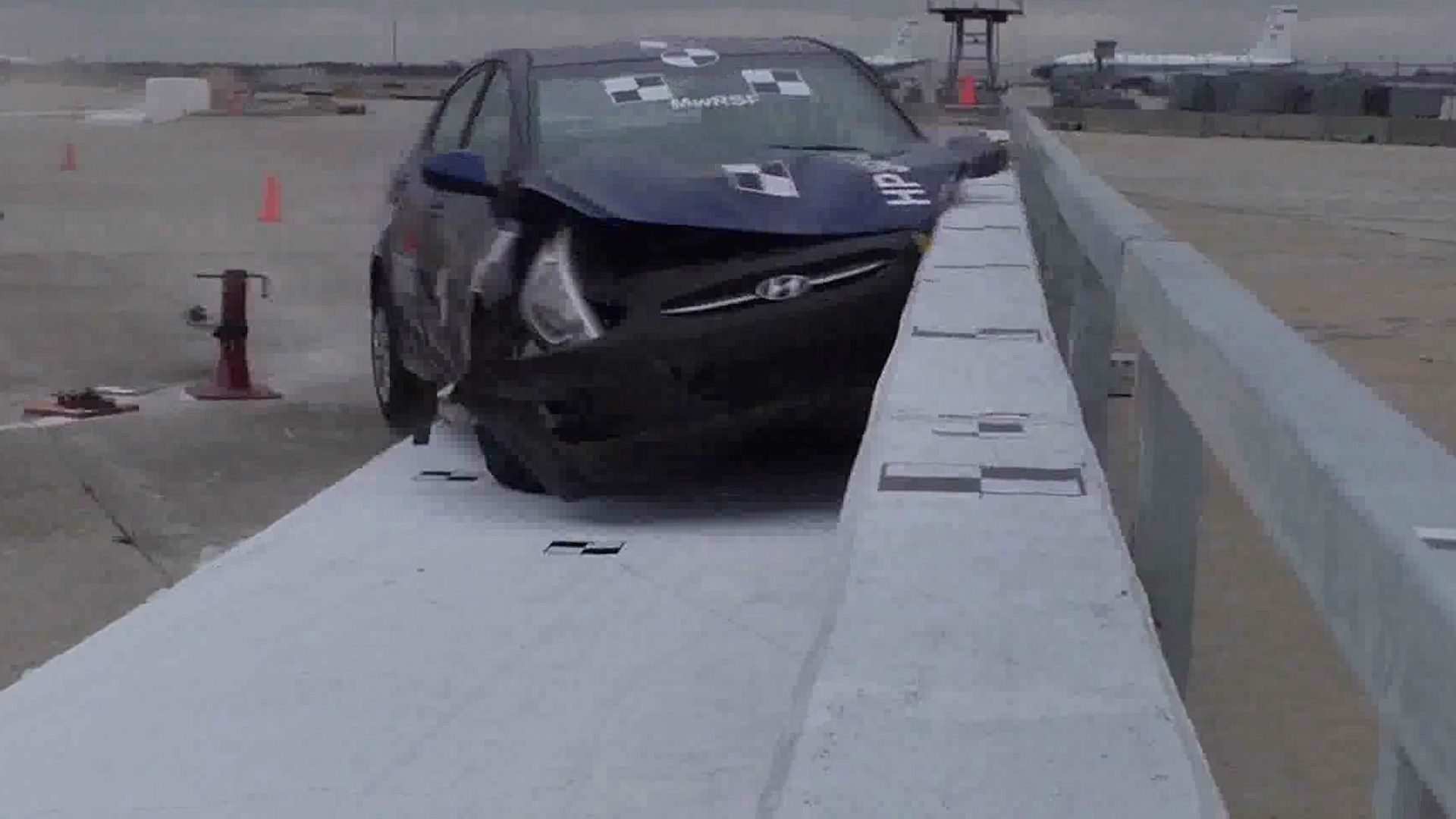
WHILE ONCE A NOVELTY, ELECTRIC VEHICLES ARE NOW A COMMON SIGHT ON ROADS AND HIGHWAYS AROUND THE WORLD. BY THEIR NATURE, EVs ARE BUILT DIFFERENTLY, WHICH MEANS HIGHWAY SAFETY FEATURES LIKE GUARDRAILS NEEDED TO BE BUILT DIFFERENTLY AS WELL.
CODY STOLLE HELPED MAKE THAT HAPPEN IN THE CIVILIAN WORLD. NOW, HE AND HIS TEAM ARE BRINGING THAT KNOWLEDGE AND EXPERIENCE TO THE UNITED STATES ARMY.
Stolle: It really is a group effort to design the best products and make the bases as safe as we can possibly make them.
STOLLE AND HIS COLLEAGUES ARE PART OF THE MIDWEST ROADSIDE SAFETY FACILITY AT THE UNIVERSITY OF NEBRASKA. THEY JUST RECEIVED A $3.6 MILLION GRANT TO DEVELOP PASSIVE SAFETY MEASURES AROUND THE ENTRY POINTS OF U.S. MILITARY BASES, SPECIFICALLY DESIGNED TO COUNTER THREATS POSED BY HOSTILE-DRIVEN ELECTRIC VEHICLES. THAT MEANS IT’S HIS JOB TO FIGURE OUT HOW TO STOP BAD ACTORS FROM USING AN EV AS A BATTERING RAM.
Stolle: Our goal here in the design is to try to design very cost-effective structures. We want to make things that the Department of Defense doesn’t have to spend unreasonable amounts of money and still provide excellent quality containment and protection for all those who are on the base.
STOLLE SAYS EVs ARE MUCH HEAVIER THAN THEIR GAS-POWERED COUNTERPARTS, AND THEY ALSO HAVE A LOWER CENTER OF GRAVITY.
Stolle: Now if that center point is located at 27, or 28 inches above the ground, you’re going to design one system with one height, that captures that vehicle, and interfaces with the bumper to resist loads right at that height. But if you’re changing that center of gravity, from 27 or 28 inches for a pickup truck down to 11 inches or 12 inches for an electrical vehicle, you’re changing where you’re designing your principal load members. The big parts of the roadside barriers that resist with the highest force have to change location.
WHILE EVs HAVE BECOME MORE POPULAR, THEY STILL MAKE UP LESS THAN 20% OF NEW CAR SALES, MEANING THERE ARE STILL PLENTY OF GAS-POWERED VEHICLES THAT WILL NEED TO BE CONSIDERED IN ANY NEW BARRIER DESIGN. SO, STOLLE AND HIS COLLEAGUES ARE CREATING WHAT HE CALLS UNIVERSAL STRUCTURES–BARRIERS THAT WILL BE COMPATIBLE ACROSS ALL RANGES OF VEHICLES.
TESTING IS STILL ONGOING, BUT STOLLE SAID HE EXPECTS THE NEW BARRIERS WILL BE READY FOR INSTALLATION ON THE FIRST U.S. MILITARY BASES IN THE NEXT FEW YEARS.
FOR MORE UNBIASED, STRAIGHT FACT REPORTING ABOUT MILITARY MATTERS AND ELECTRIC VEHICLES, BE SURE TO CHECK OUT STRAIGHT ARROW NEWS DOT COM.






